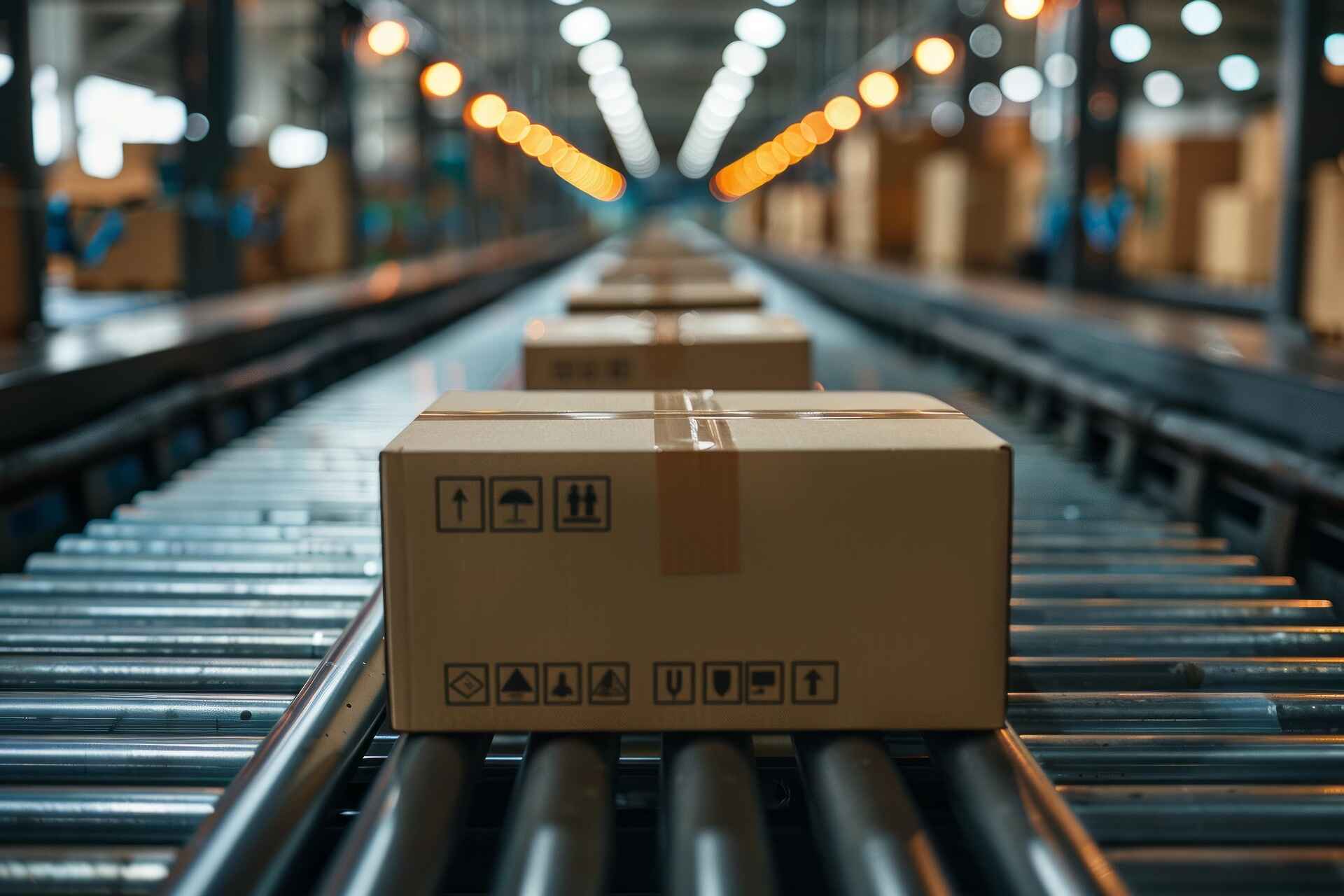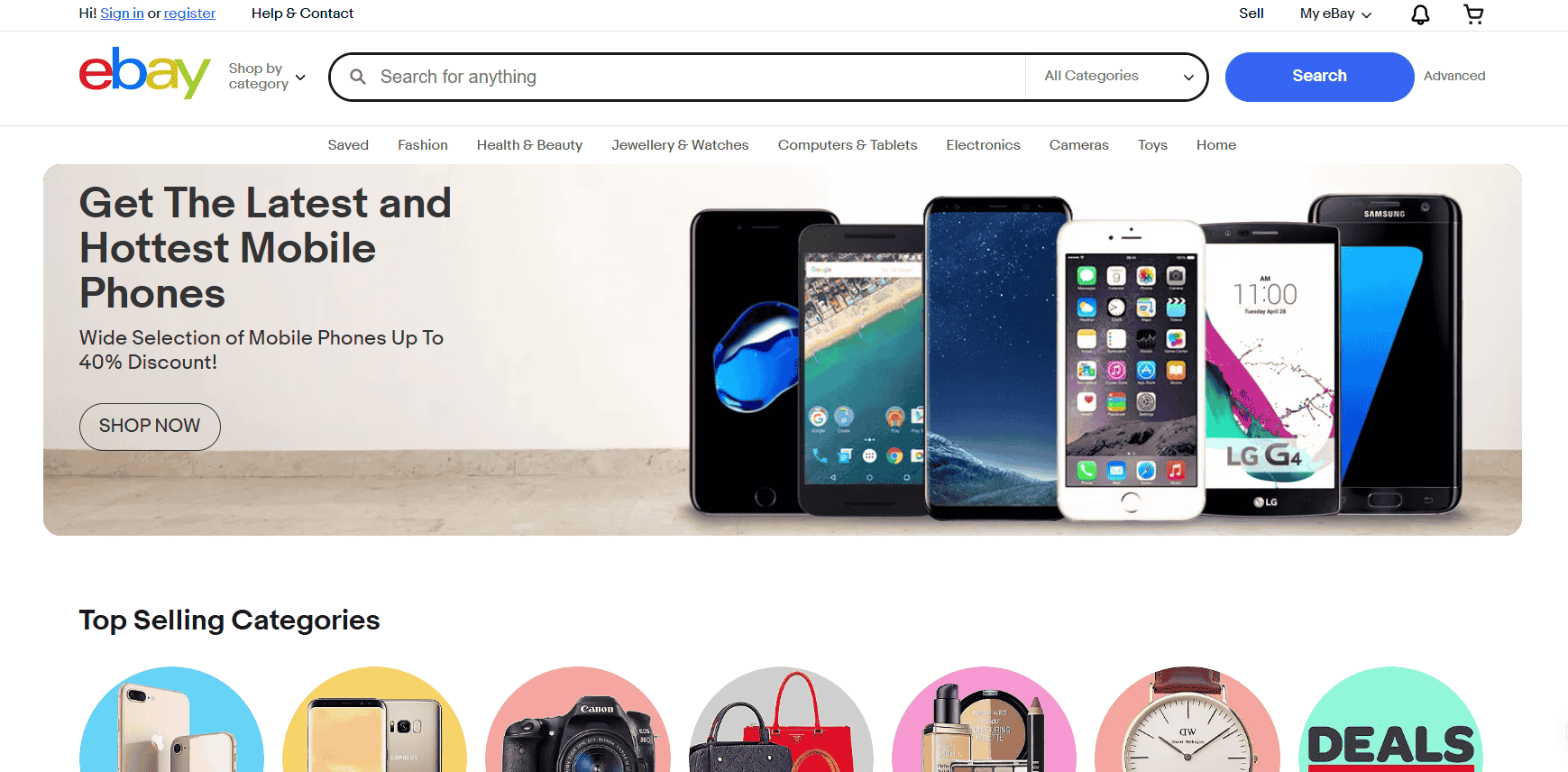In 2025, dropshipping is no longer the easy gold rush it once was. Everyone knows about it. Competition is brutal. Ad costs are rising. Customers are getting pickier. And honestly, the “get rich quick” crowd has made it even harder for serious sellers to stand out.
If you want to build a dropshipping store that doesn’t fizzle out after a few months, you can’t just chase trends. You need to sell dropshipping products with high profit margins, the kind that can keep your business running strong even when paid ads get expensive, suppliers raise their prices, or competition tightens.
High margins aren’t just about making more money per sale; they’re about giving yourself breathing room to run promotions, handle returns, invest in better branding, and still come out ahead.
-
Selling dropshipping products with high profit margins is essential for surviving rising ad costs and fierce competition in 2025.
-
Products that are lightweight, unique, emotionally appealing, and perceived as high-value perform best in the current dropshipping landscape.
-
Choosing profitable niches like eco-friendly living, smart gadgets, luxury pet items, and health tech can significantly boost your chances of success.
-
Stacking value through upsells, premium branding, user-generated content, and faster shipping options helps maximize profits beyond the initial sale.
-
Only sellers who build brands customers trust and value will thrive, while low-margin sellers risk burning out and being replaced by smarter competitors.
I’ve seen it firsthand with some of the online sellers I’ve worked with. Those who focused on low-margin “cheap thrills” struggled to survive. Meanwhile, those who picked their products strategically and priced them smartly were able to scale, profit, and actually enjoy the ride.
Today, I’ll show you which products to sell, where to source them, and how to maximize your profit per sale without cutting corners or losing your sanity.
Why Profit Margin Matters in Dropshipping
If you’re new to this game, let me put it bluntly. A low-profit product will kill your business faster than you think. I’ve worked with so many clients over the years, and that’s the first piece of advice I always give them.
Some of them listened and ended up building stores that scaled past six figures. Others? They brushed it off, thinking volume would save them, and within months, they either gave up or burned through their cash.
Profit margin is simply the percentage of money you keep after covering your product cost and business expenses like shipping, payment fees, and marketing.
For example, if you sell a product for $50 that costs you $15 to buy and $5 to ship, your gross profit is $30. That’s a 60% margin, pretty solid in the world of dropshipping, where you need room to cover ads and still make decent money.
Now imagine you’re selling $10 phone cases with a $2 margin. After you pay for Facebook ads, Shopify fees, credit card processing, and the occasional refund? You’re left with… pennies. Literally. And you’ll be working ten times harder just to break even.
Especially in 2025, high-margin dropshipping products aren’t a luxury. They’re survival. Paid traffic is getting more expensive, customer expectations are sky-high, and platforms like TikTok and Meta aren’t exactly handing out free organic reach anymore.
Profit margins under 20% in ecommerce are becoming unsustainable for small sellers, especially with customer acquisition costs (CAC) hitting all-time highs. That’s why smart sellers today aim for products with margins of at least 40–60%.
You’re not being greedy. You’re just giving yourself enough financial oxygen to breathe, pivot, and grow when the market shifts. And trust me, it always shifts.
What Makes a Dropshipping Product High-Profit in 2025?
Not every product with a big markup is a smart choice. I’ve seen some sellers fall into the trap of chasing “big ticket” items without really understanding the customer experience, and when those items didn’t meet expectations, returns and bad reviews wiped out whatever profit they thought they had.
You want products that are cheap to source but valuable in the customer’s eyes. There’s a big difference between something that’s expensive and something that feels worth the price.
In 2025, customers are savvier than ever. They’ll sniff out a low-quality product from a mile away. And once they do, your margins won’t matter because your refund requests will flood in.
Here’s what defines the best high-margin products this year:
- They’re lightweight and inexpensive to ship. Shipping eats margins fast. The heavier or bulkier the item, the more you’ll bleed on shipping costs, especially if you’re dropshipping internationally. A lightweight, compact product keeps costs low and your shipping speed high.
- They’re difficult to find locally, eliminating direct competition. If someone can grab the same thing at Walmart down the street, why would they wait a week for your store to ship it? High-profit products are often niche, unique, or serve needs people don’t realize they have until they find you online.
- They solve a real problem or fulfill a strong emotional desire. The best dropshipping products are either extremely practical (solving a nagging issue) or deeply emotional (tapping into desires like status, love, comfort, or self-improvement). Problem-solving products are often evergreen, while emotional products are goldmines for impulse buys.
- They have a perceived value that’s much higher than the actual cost. You might only pay $8 for a sleek smart gadget, but to your customer, it looks and feels like a $50 solution to their daily hassle. Perception is everything. Beautiful design, clever marketing, and good storytelling can turn an ordinary item into a must-have.
- They can be branded or customized easily. Products that can carry your logo, custom packaging, or exclusive bundles are key to making customers remember you, not just the product. Branding turns a one-time sale into a long-term relationship.
Now, if you’re wondering where the money is this year, some of the hottest profitable dropshipping niches for 2025 include eco-conscious living (like sustainable home goods), smart gadgets (think mini projectors and portable tech), luxury pet products (pet owners love to spoil their fur babies), and health tech (especially wellness devices that empower people to take care of themselves at home).
10 Best Dropshipping Products with High Profit Margins in 2025
Here’s the part you came for. All of these products are trending and have real staying power and juicy margins that can keep your business thriving even when ad costs start creeping up.
These aren’t random “hype” products that vanish after two months either. They’re backed by real demand, emotional buying triggers, and growing niches.
1. Reusable Silicone Food Storage Bags
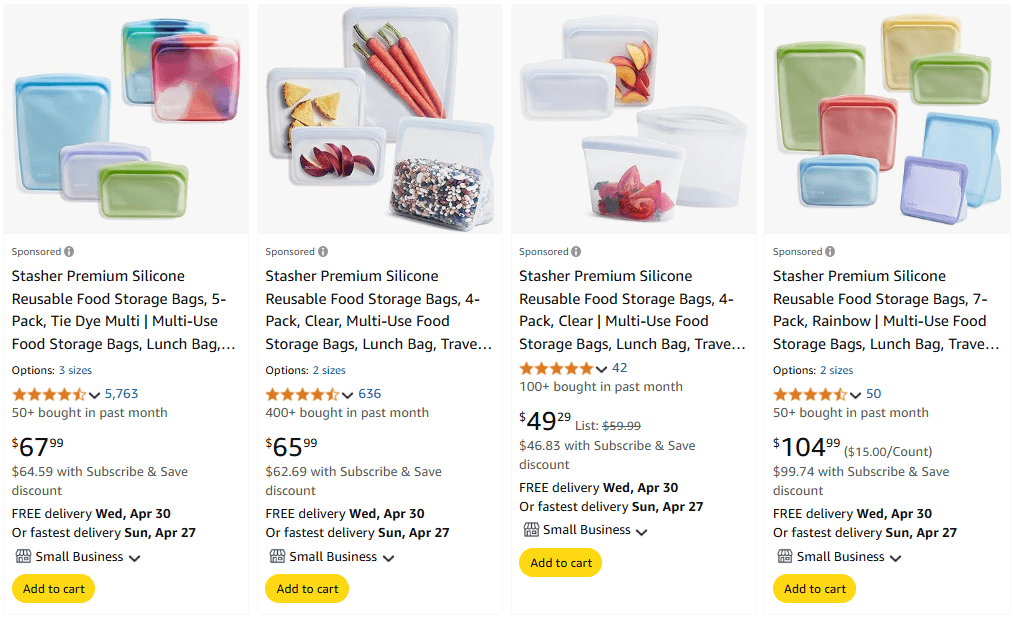
Eco-conscious buyers love these. They cost around $2–$3 wholesale and can sell for $15–$20 without customers blinking an eye. Sustainability is not just a trend anymore. It’s a lifestyle shift. And reusable bags hit that sweet spot between saving money, helping the environment, and feeling smart about purchases.
2. Mini Smart Projectors
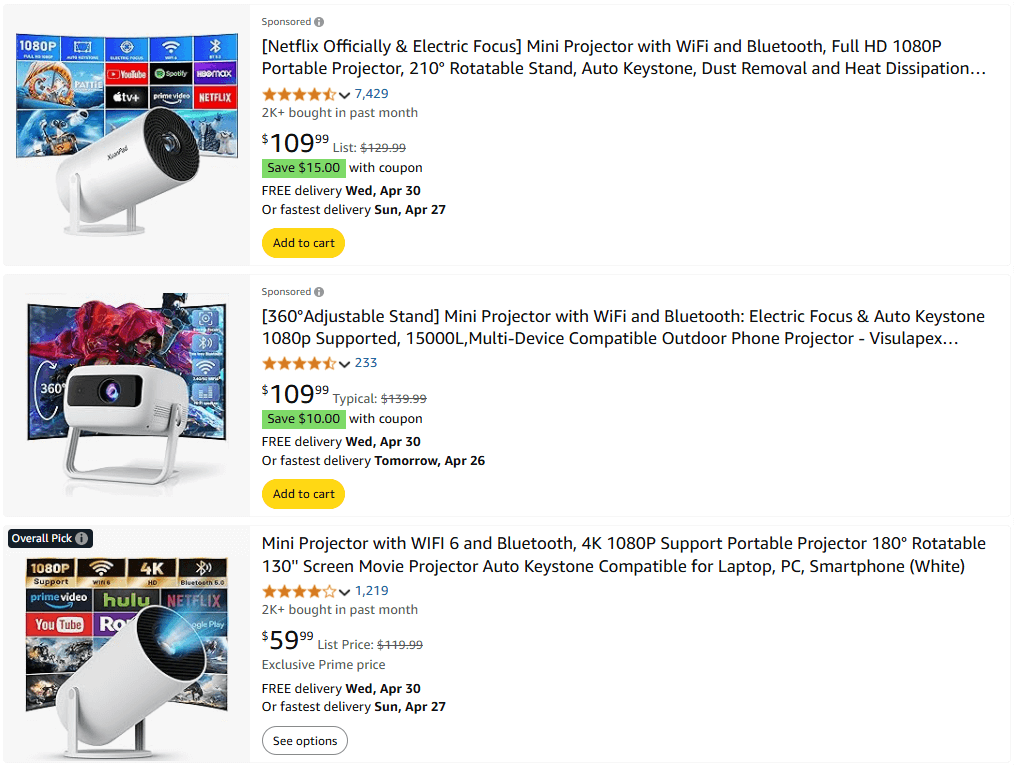
Perfect for TikTok ads because they’re highly visual and look super impressive in short videos. Wholesale prices are about $50–$80, but they can resell for $200+ easily.
People are craving affordable luxury at home. Think movie nights, gaming setups, and backyard parties. I’ve had a client who made over $30,000 in three months just by running simple “movie under the stars” ad campaigns with these.
3. Portable Massage Guns
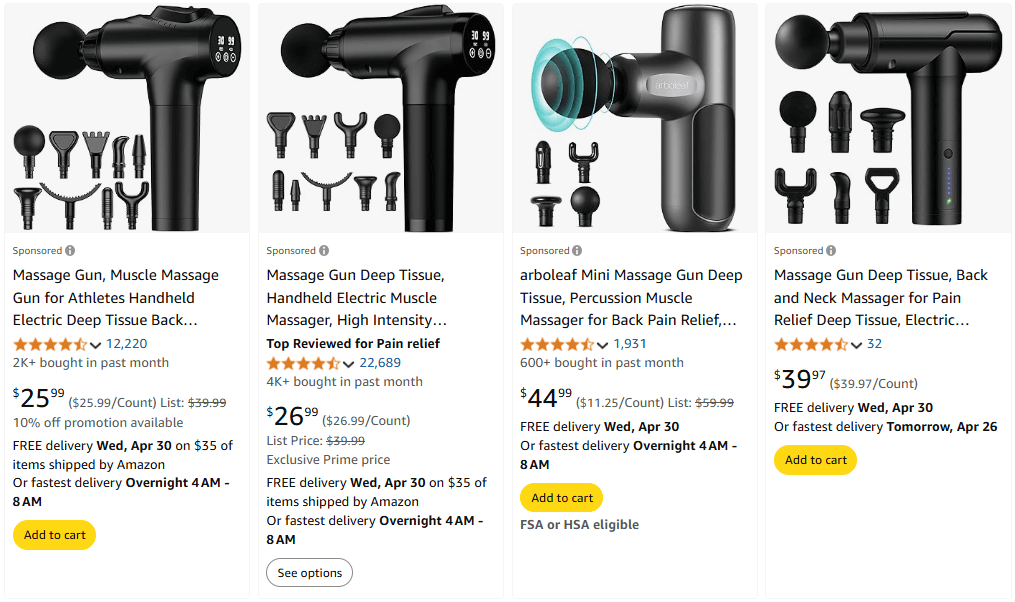
Fitness and wellness buffs swear by them, and the best part? They appeal to both athletes and office workers who sit too much. Wholesale pricing is about $30–$40, and you can retail them comfortably at $120–$150. Plus, they’re evergreen. That’s because stress and sore muscles aren’t going out of fashion anytime soon.
4. Luxury Pet Beds

Pet owners don’t mind splurging. They love it. You can source luxury pet beds for about $20–$30 and sell them at $80–$100, sometimes even higher if you brand them well. Add phrases like “orthopedic support” or “designed for ultimate comfort” in your product descriptions, and you’ll have buyers throwing their credit cards at you.
5. At-Home Facial Steamers
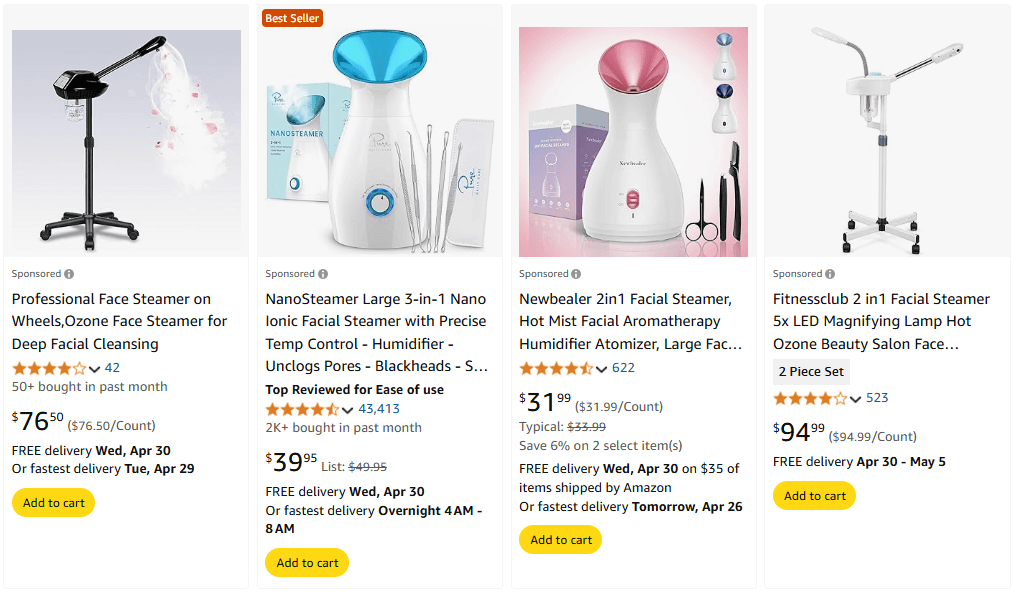
Self-care is booming bigger than ever, and at-home beauty treatments are where people are spending. At-home facial steamers cost around $15–$20, but you can position them as spa-quality devices and sell them for $60–$90 easily. Beauty influencers love promoting these because they look luxurious and promise that “glow-up” effect.
6. Resistance Band Kits (with Workout Guides)
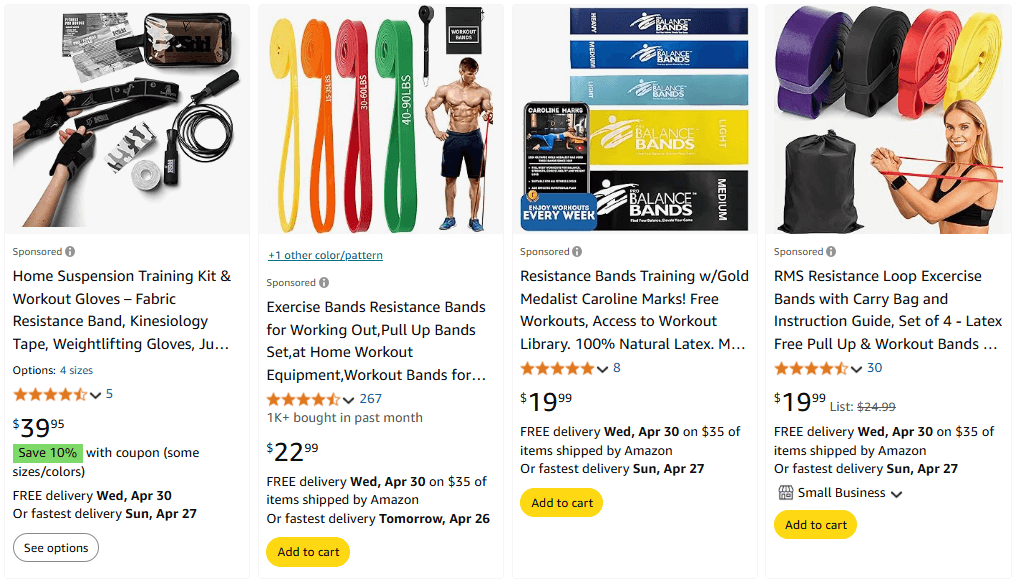
With fitness still huge post-pandemic, this lightweight kit sells like hotcakes. Wholesale prices are low (often under $10 depending on the set size), and when you bundle them with digital workout guides or challenges, you can sell kits for $30–$50. Bonus: they’re super cheap to ship worldwide.
7. LED Wall Art Panels
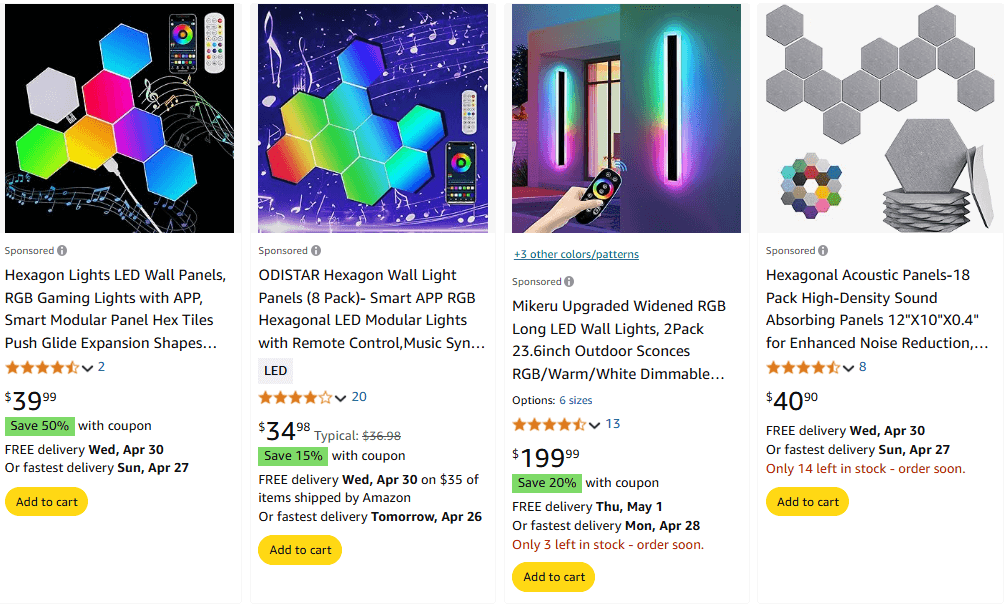
Young homebuyers and renters are obsessed with home aesthetics, and LED wall art panels check all the right boxes: stylish, techy, and personalizable. Wholesale cost is around $20, and resell prices shoot up to $80+ depending on design complexity. A well-lit, Instagram-worthy room setup practically sells these panels for you.
8. Magnetic Wireless Chargers
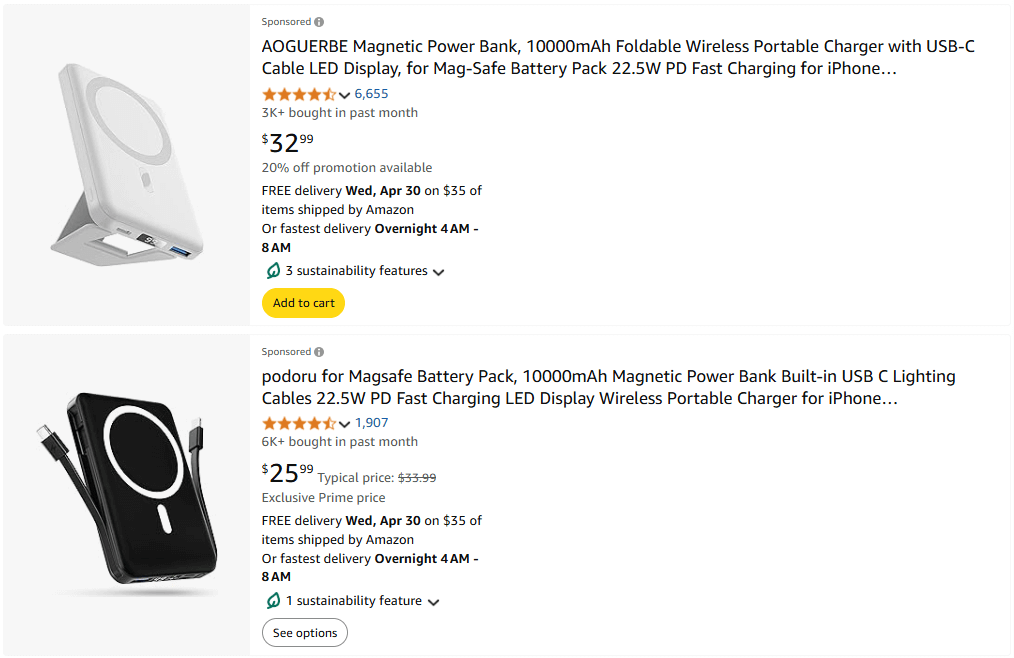
Tech upgrades are constant. People are always looking for the next convenience hack, and magnetic wireless chargers fit perfectly. Costs run about $5–$10, but retail prices often land between $30–$50. Not bad for a product that’s lightweight, trendy, and always in demand.
9. Solar-Powered Backpacks
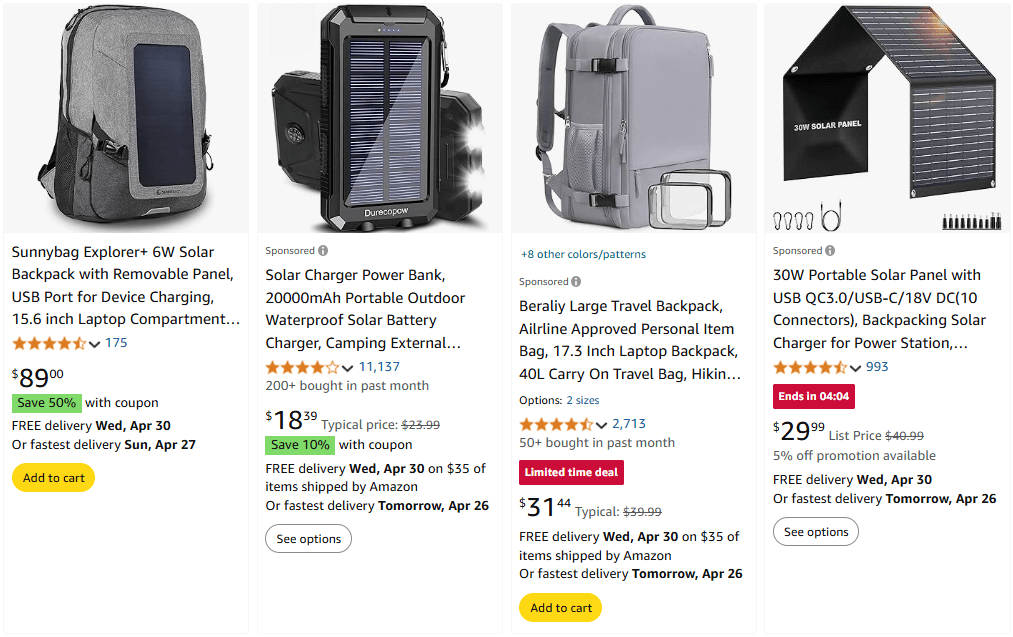
Eco-travel gear is trendy and growing even bigger thanks to digital nomads and adventurers. Solar-powered backpacks cost about $40–$60 to source but can command retail prices of $150+ because they solve a real problem: staying charged on the go. Sell it to hikers, students, festival-goers, or travelers who hate searching for power outlets.
10. Portable Baby Bottle Warmers
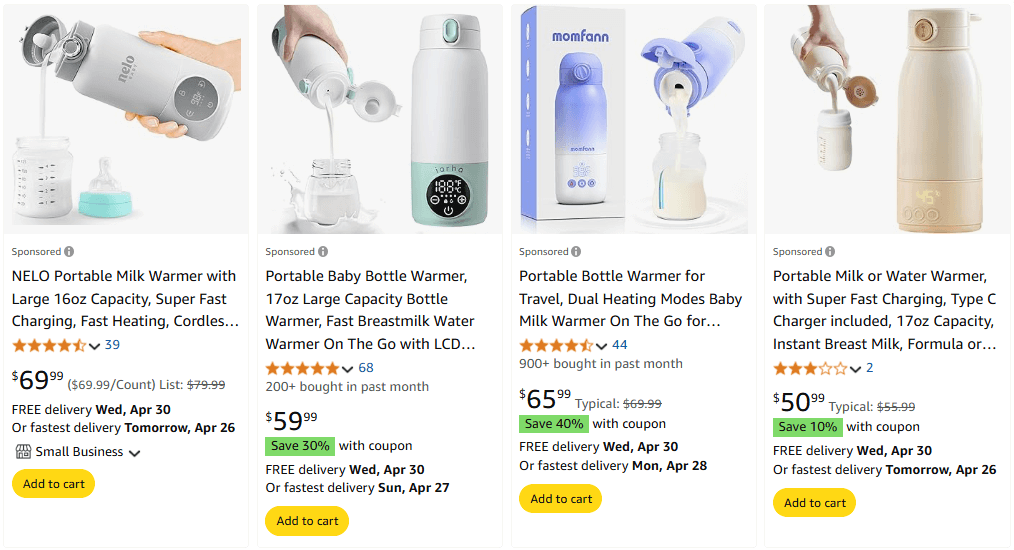
Every new parent needs one, especially during late-night feedings or road trips. These cost around $15–$20, but smart branding can easily push the retail price to $70+. Focus your marketing on peace of mind and convenience (two of the biggest emotional triggers for parents) and you’ll have a winning product.
How to Maximize Profits Beyond Product Choice
Picking the right product is only half the battle. If you stop there, you’re leaving money on the table. You need to stack value wherever you can because, in dropshipping, it’s not just about what you sell, it’s about how much you can sell and how much more you can make per customer.
One of the best ways to do this is by offering upsells and bundles. If someone’s buying a portable blender, offer them a recipe book or a smoothie cup right before they check out. It’s easier to get an existing customer to spend a little more than it is to find a brand-new buyer.
You should also create premium branding—better logos, better packaging, better listings—because all these things create the perception of value. People will pay more for a product that looks high-end, even if the underlying product is similar to a cheaper alternative.
Another smart move is to leverage user-generated content. Real people using your products build trust for free. Instead of spending thousands on polished studio shoots, you can ask happy customers to share videos or reviews. One of my clients built an entire TikTok strategy around UGC, and their engagement and conversions skyrocketed without blowing their ad budget.
Don’t forget about shipping. Many customers will gladly pay an extra $5–$10 if it means getting their order faster. It’s pure profit padding, and it gives you a way to stand out against sellers offering only slow, free shipping.
When I helped another client rebrand a line of portable blenders, we didn’t even change the product itself.
We just tweaked the landing page design to look more premium, added some authentic user-generated content showing people blending smoothies at the gym and at work, and positioned it as a lifestyle essential instead of a cheap gadget.
The result? Their average order value doubled in just two months, all without spending more on ads. It’s not magic. It’s smart selling.
And speaking of magic, remember the words of Simon Sinek: “People don’t buy what you do; they buy why you do it.” Margin is about magic.
It’s about making your customer feel like they bought a better version of their life. Make your product feel worth every dollar, and then some.
Why High-Margin Products Are Your Ticket to Survival in 2025
If you’re still selling $5 gadgets hoping to squeeze out $1 profits per sale, you’re not building a business. You’re building a hamster wheel you can’t afford to run. Sure, it might feel exciting at first—a few sales here, a few dollars there—but sooner or later, the reality will hit.
You’ll realize you’re running faster and faster just to stay in the same place, and every little hiccup—an ad cost spike, a refund, a supplier delay—wipes out your slim margins in an instant.
Dropshipping is evolving, and it’s not waiting for anyone. Only stores selling high-margin, emotionally compelling products will survive the next wave of competition. Customers today expect more, not just a product, but an experience, a feeling, a story they can buy into. If your store can’t deliver that, someone else’s will.
Margins give you breathing room. Breathing room gives you creativity. Creativity gives you longevity. When you’re not worrying about scraping together pennies just to stay afloat, you can actually focus on growing: testing new ads, investing in better branding, improving customer experience, or expanding into new markets.
Pick products you’re proud to sell, items you would gladly recommend to your friends and family, not just the cheapest trend you found on a supplier list. Price them like they’re worth it, because when you believe in the value you’re offering, customers will believe it too.
Build a brand customers actually want to come back to, not just a random store they forget about five minutes after their order arrives.
That’s how you don’t just survive 2025. You own it. You become the brand others look at and wonder, “How are they pulling it off?” while you quietly, steadily, and confidently build something that lasts.






